International
John intensifies into a category 2 hurricane and anticipates its impact in southern Mexico
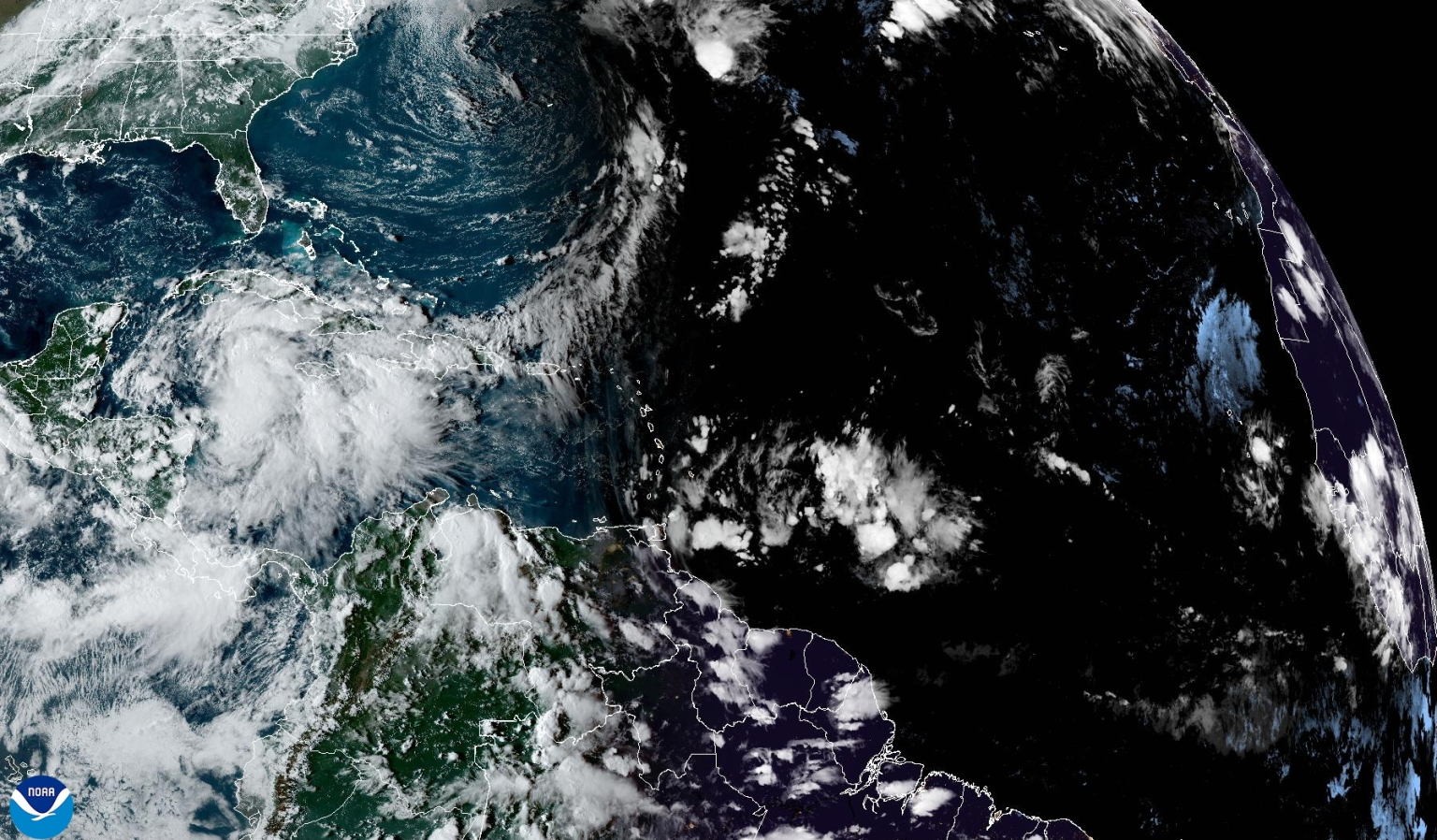
The newly formed tropical storm John has intensified to a category 2 hurricane on the Saffir-Simpson scale in the Mexican Pacific, and reduces its distance with the coasts of the southern states of Guerrero and Oaxaca, where it could touch land on the date, the National Meteorological Service (SMN) reported.
The center of the cyclone, the second of the Pacific season that would pass over Mexican territory, was in the last report 90 kilometers (km) south of Punta Maldonado, in the state of Guerrero, and 155 km west-southwest of Puerto Escondido, in Oaxaca.
According to the forecasts of the organization of the National Water Commission (Conagua), John could intensify to category 3 and make landfall in the next six hours.
If the current trajectory is maintained, it would be expected that the center of Hurricane John will touch land between Santiago Pinotepa Nacional (Oaxaca), and Copala (Guerrero), tonight or early Tuesday, the SMN warned.
The phenomenon has sustained winds of 155 kilometers per hour (km/h) and gusts of 195 km/h and moves north at a speed of 9 km/h.
The current category 2 hurricane will cause extraordinary occasional rains in Oaxaca and Guerrero; torrential in Chiapas; intense in Veracruz and Puebla; very strong in Tabasco, Michoacán and Morelos; as well as strong in the State of Mexico.
The SMN also predicted winds with gusts of up to 120 km/h and waves between three and five meters high on the coasts of Oaxaca, and gusts of between 40 and 60 km/h with waves up to three meters high on the coasts of Guerrero and Chiapas.
In addition, he reported that he established a prevention zone for the effects of Hurricane John from the east of Acapulco, in Guerrero, to Bahías de Huatulco, in Oaxaca.
The Mexican Meteorological Service asked the population to take extreme precautions, which included maritime navigation, as well as to heed the recommendations issued by the authorities of the National Civil Protection System.
John is the second cyclone of the Pacific season that would land in Mexico, where last week the storm Ileana hit in the state of Sinaloa, in the northwest of the country, where it left minor damage.
While three cyclones have hit Mexico through the Atlantic: Hurricane Beryl and Storm Chris, which left a blank balance in July, and Storm Alberto in June, when it left six dead in Nuevo León, a state on the northern border of Mexico.
Mexican authorities predicted in May up to 41 named cyclones in the Atlantic and Pacific Oceans, of which at least five would hit the country, a figure above the average in both cases.
International
Trump Orders Construction of New ‘Golden Fleet’ to Revitalize U.S. Naval Superiority
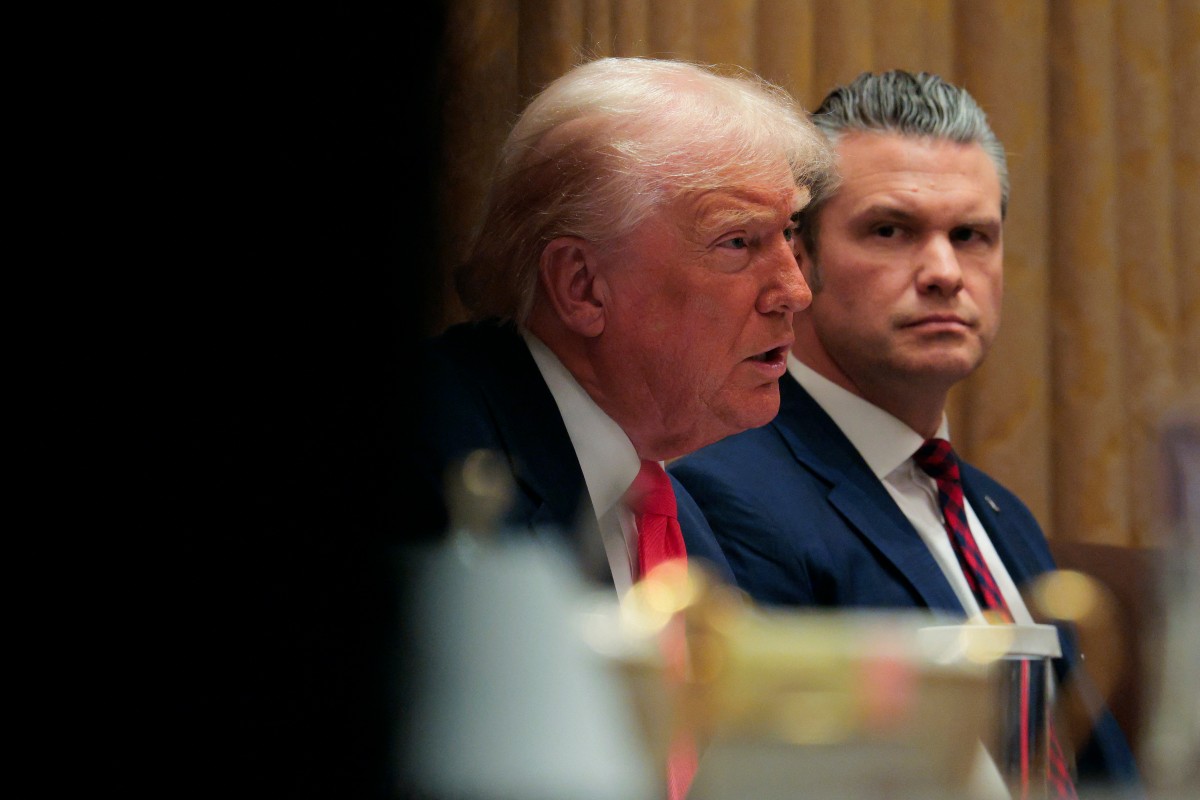
President Donald Trump issued an executive order this Monday for the immediate construction of two new warships that will bear his name. These vessels will be the pioneers of what he described as the “Golden Fleet,” a future generation of “Trump-class” battleships that he claimed would be “100 times more powerful” than those currently in service.
The announcement took place at his private residence in Mar-a-Lago, Florida. The President indicated that following the initial two ships, the administration aims to commission up to 25 additional vessels. He is scheduled to meet with Florida-based contractors next week to expedite production, criticizing existing defense firms for failing to deliver results efficiently.
This naval expansion is a cornerstone of Trump’s goal to revitalized the American shipbuilding industry and address the strategic gap between the U.S. and competitors like China.
The move comes amid heightened geopolitical tension. Just last week, Trump ordered the seizure of all sanctioned tankers involved with Venezuela’s “ghost fleet” to cripple the country’s crude oil industry. Since December 10, the U.S. military—deployed in the Caribbean under the guise of counter-narcotics operations—has already detained two tankers linked to Venezuelan oil transport.
International
U.S. Judge Blocks ICE from Re-detaining Salvadoran Erroneously Deported Under Trump Administration
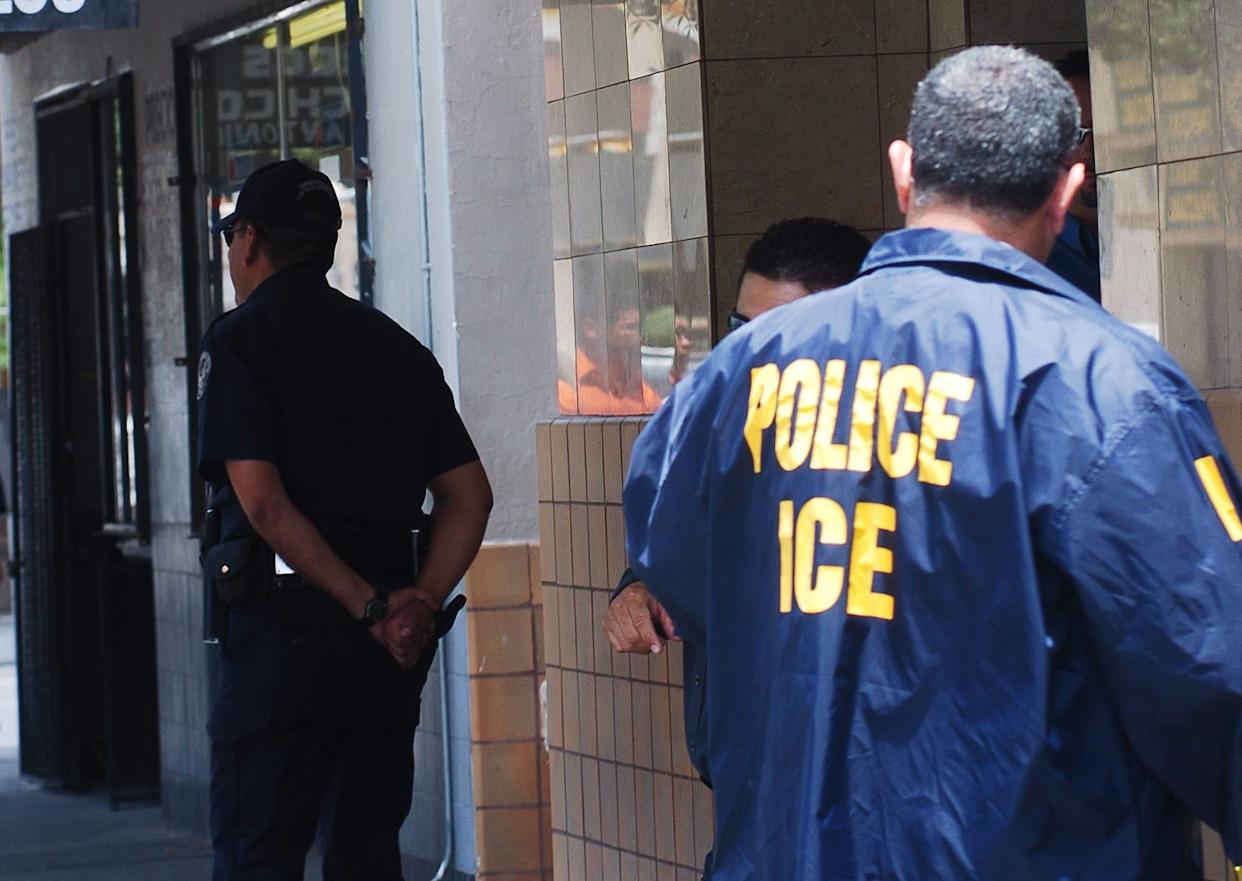
A U.S. federal judge ruled this Monday, December 22, that Immigration and Customs Enforcement (ICE) is prohibited from re-detaining Salvadoran national Kilmar Ábrego García, who was erroneously deported to El Salvador earlier this year during the administration of President Donald Trump.
During a hearing in Maryland, U.S. District Judge Paula Xinis ruled that Ábrego García must remain free on bail through the Christmas holidays, concluding that his initial detention lacked a legal basis. The ruling follows a request from his legal team for a temporary restraining order to prevent ICE from carrying out a new arrest.
Earlier this month, on December 11, Judge Xinis ordered his release from a Pennsylvania migrant detention center after determining that the government had detained him without a formal deportation order. In 2019, an immigration judge had already ruled that Ábrego could not be returned to El Salvador because his life was in danger.
Despite that protection, Ábrego García was deported in March 2025 following a raid by the Trump administration. Officials argued at the time that he was a gang member, and he was sent directly to the Center for the Confinement of Terrorism (CECOT) in El Salvador. In June, he was returned to the United States to face a new trial for alleged human smuggling—a charge he denies.
On Monday, Judge Xinis also temporarily invalidated a new deportation order issued by an immigration judge following Ábrego’s recent release, granting him legal protection through the coming weeks. His trial is scheduled to begin in Tennessee in January 2026.
International
Fire at substation triggers major blackout in San Francisco
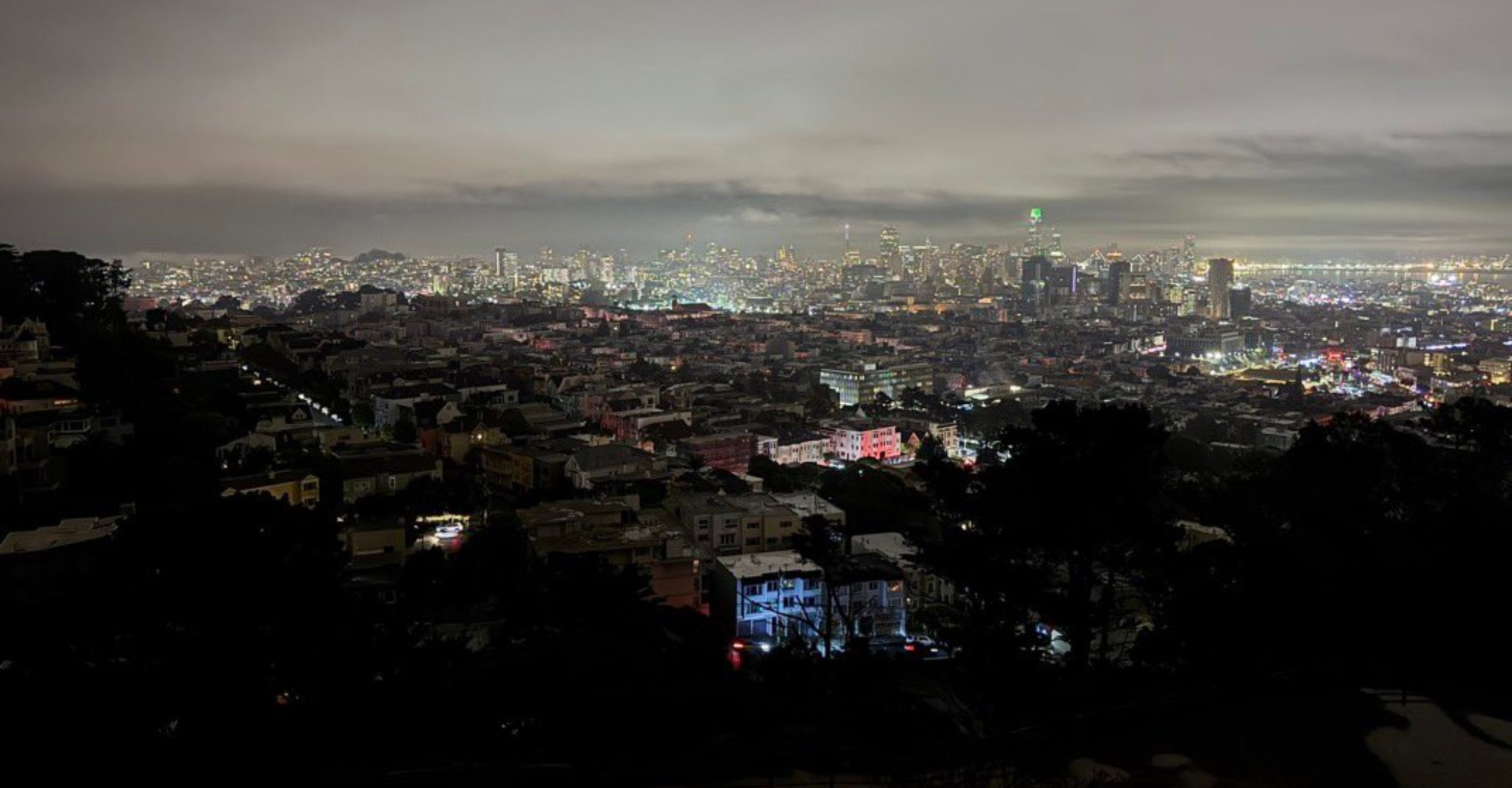
The U.S. city of San Francisco was plunged into darkness Saturday night after a power outage left about 130,000 customers without electricity, although the utility company said service was restored to most users within hours.
Pacific Gas & Electric Company (PG&E) said in a statement posted on X that nearly 90,000 homes had their power restored by 9:00 p.m. local time (05:00 GMT on Sunday), while the remaining 40,000 customers were expected to have service restored overnight.
Large areas of the city, a major technology hub with a population of around 800,000, were affected by the blackout, which disrupted public transportation and left traffic lights out of service during the busy weekend before Christmas, a crucial period for retail businesses.
“I know it’s been a difficult day,” San Francisco Mayor Daniel Lurie said in a video posted on social media from the city’s emergency operations center. “There has been progress, but for those still without power, we want to make sure they are safe and checking in on their neighbors,” he added.
Lurie said police officers and firefighters advised residents to stay home as much as possible. He also noted that officers and traffic inspectors were deployed to manage intersections where traffic lights were not functioning.
The mayor confirmed that the outage was caused by a fire at an electrical substation. Parts of the city were also covered in fog, further complicating conditions during the incident.
As a result of the blackout, many businesses were forced to close despite it being the weekend before Christmas. The sudden drop in shopper traffic ahead of the holiday is “devastating” for retailers, the manager of home goods store Black & Gold told the San Francisco Chronicle.
-

 International5 days ago
International5 days agoShakira’s El Salvador concerts sell out in hours, fans demand more dates
-

 International4 days ago
International4 days agoPentagon confirms Trump pick for SouthCom as U.S. military pressure grows
-
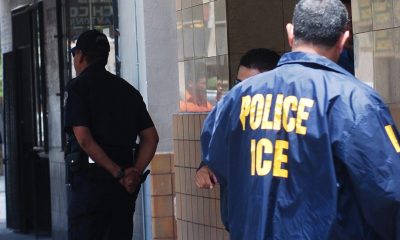
 International2 days ago
International2 days agoU.S. Judge Blocks ICE from Re-detaining Salvadoran Erroneously Deported Under Trump Administration
-

 International3 days ago
International3 days agoCristina Kirchner recovering after appendicitis surgery in Buenos Aires
-
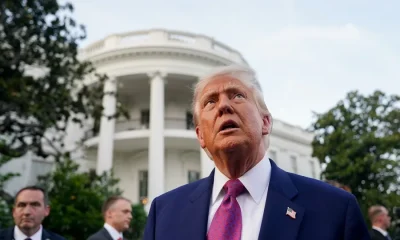
 International5 days ago
International5 days agoTrump moves to reclassify marijuana as less dangerous substance
-
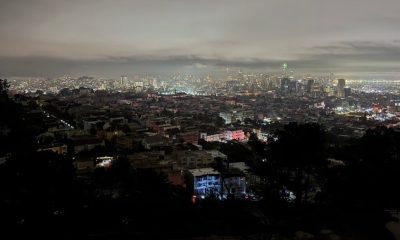
 International3 days ago
International3 days agoFire at substation triggers major blackout in San Francisco
-
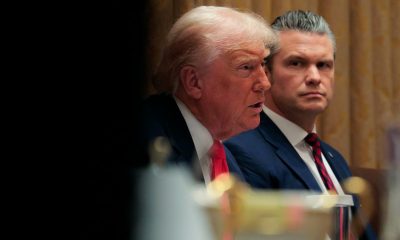
 International2 days ago
International2 days agoTrump Orders Construction of New ‘Golden Fleet’ to Revitalize U.S. Naval Superiority
-

 International4 days ago
International4 days agoArgentina detects first local cases of Influenza A (H3N2) Subclade K




























